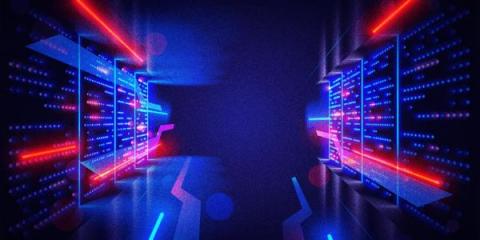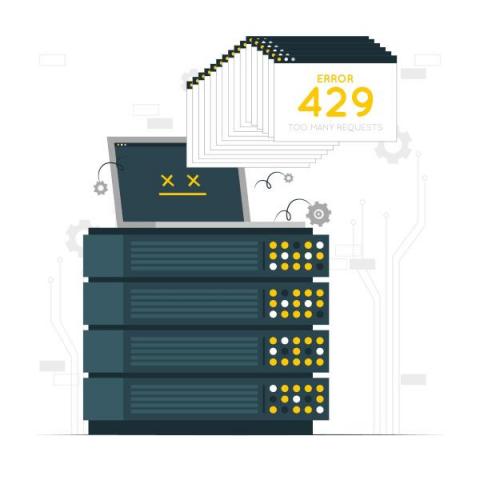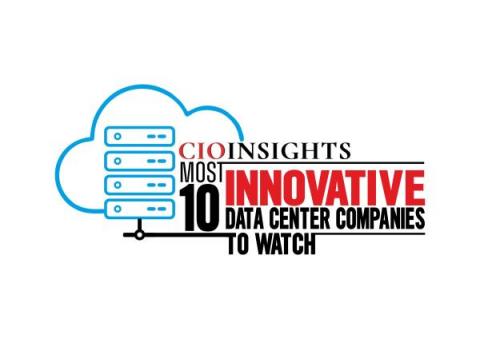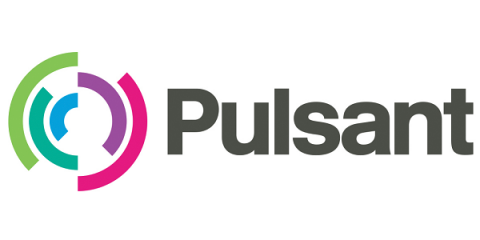5 Ways DCIM Software Improves Data Center Sustainability
Data centers account for more than 2% of total global energy consumption. If action is not taken, it is estimated that data centers will be responsible for 8% of global energy consumption by 2030. Data center managers are under increased pressure to comply with corporate sustainability initiatives and dramatically increase their efficiency. To support their efforts, many data center professionals are turning to Data Center Infrastructure Management (DCIM) software.






